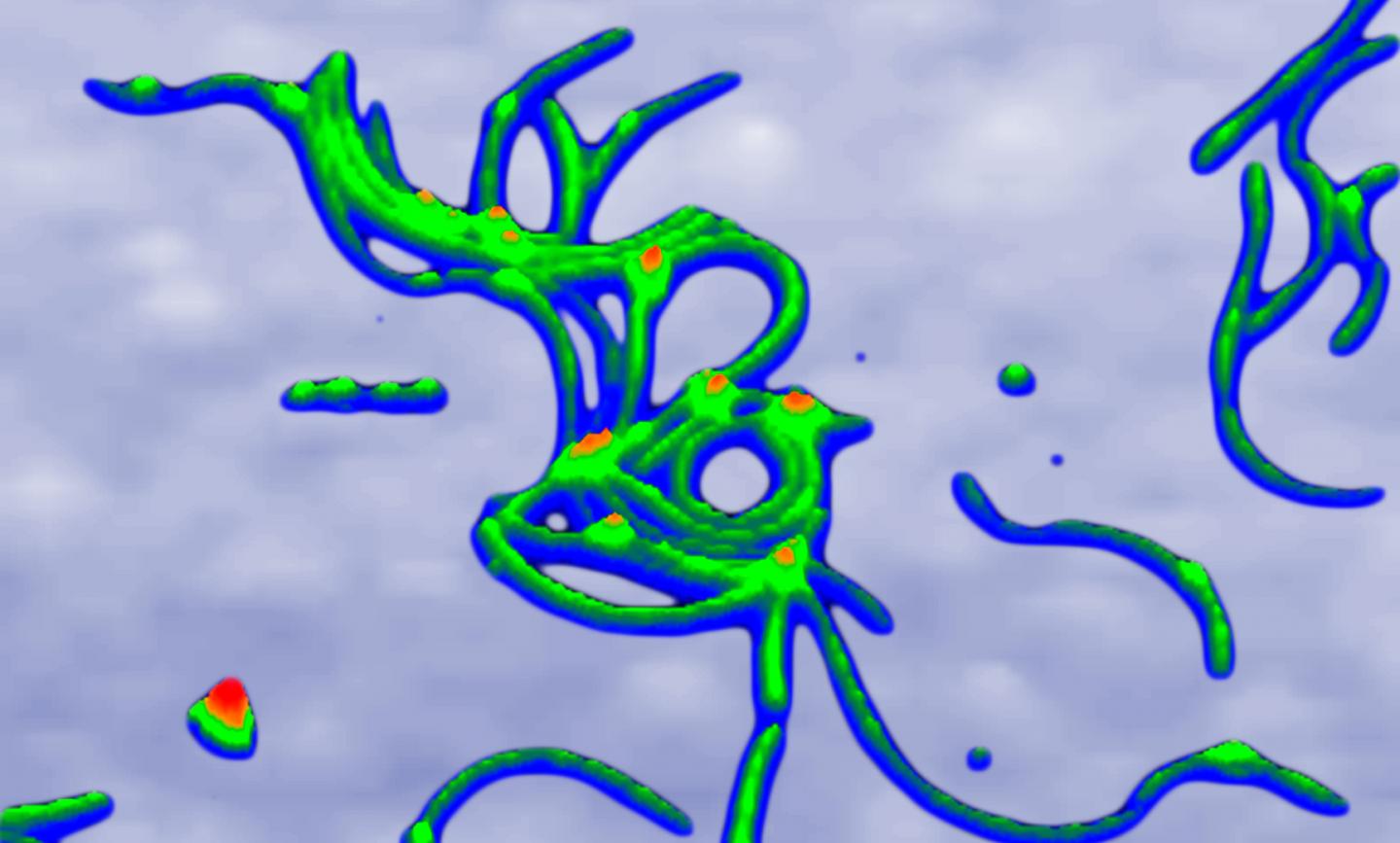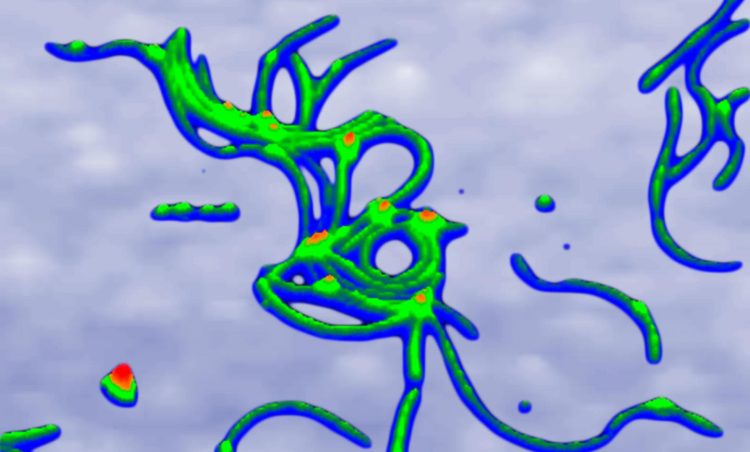
Credit: George Devitt
Researchers at the universities of Southampton and Cambridge have developed a new technique to analyse biochemical changes unique to Huntington’s disease. The breakthrough has the potential to lead to the improved diagnosis of disease onset and possibly better ways to track the effects of new treatments.
Huntington’s disease damages nerve cells in the brain and typically develops between the ages of 30 and 50. It leads to uncontrollable movement, loss of cognitive ability and changes in mood.
Until now, it has been difficult to assess the progress of the disease using biomarkers – molecules found in blood which indicate a condition. This is because the same markers can be associated with other diseases or aging.
In this new study, researchers used two forms of spectroscopy (a way of examining molecules with light) to analyse blood samples from Huntington’s patients. From this they were able to establish the patterns or ‘fingerprints’ of those biomarkers which indicate the presence of the disease.
Determining these fingerprints allowed the team to hone in on the specific biochemical signature of the disease. This could open the door to a better diagnosis of onset and more effective tracking of the disease in the future. The development could also form the foundation for a tool to assess the effectiveness of therapies aimed at slowing the condition. Findings are published in the journal Chemical Science.
The technology lead of the study, Professor Sumeet Mahajan of the Chemistry department at the University of Southampton comments: “Currently, clinicians rely on physical signs and symptoms, such as involuntary movements, to diagnose Huntington’s disease. We have been able to identify those ‘fingerprint’ biomarker traits which could ultimately help give a more accurate assessment of when their disease begins and how it is progressing. Just a tiny drop of blood serum is needed for rapid and easy detection.”
The researchers collected Raman spectral data by shining a low power laser on blood samples from patients experiencing various stages of Huntington’s disease. They then collected additional data by shining the same laser on blood samples mixed with gold nanoparticles. By combining results of these analyses, they were able to identify specific combinations of biochemical peaks which occur in all patients with the disease and observe how they change in relation to the different stages of the condition.
The team now plan to extend their studies to include patients who have the Huntington’s gene, but have not yet developed features of the condition, in order to pinpoint when changes begin. The clinical lead of the study, Professor Roger Barker of the University of Cambridge explains: “Longer-term, we want to see our research benefitting people who have or may develop the disease by creating a portable device which can be used in clinics for diagnosing and tracking disease.”
###
Notes to Editors
1) For interviews, please contact Peter Franklin, Media Relations, University of Southampton. Tel: +44 23 8059 3212 Email: [email protected]
2) The paper Serum Raman spectroscopy as a diagnostic tool in patients with Huntington’s disease is published in the journal Chemical Science (DOI: 10.1039/C9SC03711J): https:/
The study was funded by the Rosetrees Trust and supported by the Medical Research Council.
3) The University of Southampton drives original thinking, turns knowledge into action and impact, and creates solutions to the world’s challenges. We are among the top 100 institutions globally (QS World University Rankings 2019). Our academics are leaders in their fields, forging links with high-profile international businesses and organisations, and inspiring a 22,000-strong community of exceptional students, from over 135 countries worldwide. Through our high-quality education, the University helps students on a journey of discovery to realise their potential and join our global network of over 200,000 alumni. http://www.
4) About the University of Cambridge: The mission of the University of Cambridge is to contribute to society through the pursuit of education, learning and research at the highest international levels of excellence. To date, 109 affiliates of the University have won the Nobel Prize.
Founded in 1209, the University comprises 31 autonomous Colleges, which admit undergraduates and provide small-group tuition, and 150 departments, faculties and institutions. Cambridge is a global university. Its 19,000 student body includes 3,700 international students from 120 countries. Cambridge researchers collaborate with colleagues worldwide, and the University has established larger-scale partnerships in Asia, Africa and America.
The University sits at the heart of the ‘Cambridge cluster’, which employs 60,000 people and has in excess of £12 billion in turnover generated annually by the 4,700 knowledge-intensive firms in and around the city. The city publishes 341 patents per 100,000 residents. http://www.
Media Contact
Peter Franklin
[email protected]
44-238-059-3212
Related Journal Article
http://dx.





